BHUTAN འབྲུག་རྒྱལ་ཡུལ། 🇧🇹 - Land of Thunder Dragon
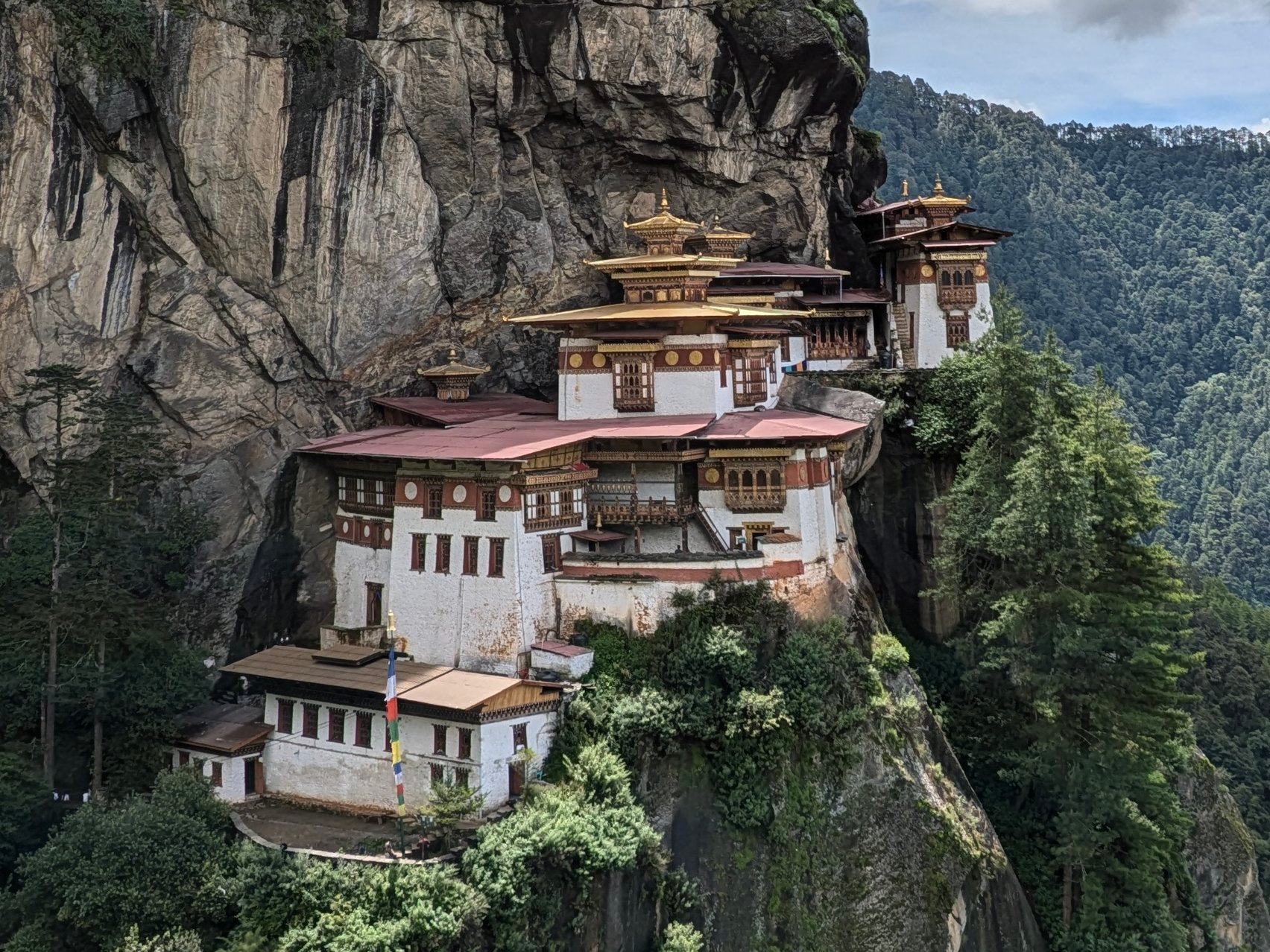
Travel Planning 📝
How can I travel to Bhutan ? 🧳
Traveling to Bhutan offers a unique opportunity to explore its stunning landscapes and rich culture. You can easily reach the kingdom by air or by road, depending on your starting point.
Here’s how: ⤵
By Road 🚘
For travellers coming from India, you can start your journey by traveling to Siliguri, which is well-connected by road, rail and air.
By Air ✈️
The most convenient way to reach Bhutan is by flying into Paro International Airport, the only international airport in the country.
Flights are available from major cities across Asia, with several airlines connecting Bhutan to destinations in India (like Delhi, Kolkata, and Bagdogra), as well as Bangkok and Kathmandu. The scenic flight offers breathtaking views of the Himalayas, providing a memorable introduction to Bhutan’s stunning landscapes.
Do I need a Visa for Bhutan ? 🛂
Yes, all visitors need a visa to enter Bhutan 🇧🇹, except for visitors from India 🇮🇳, who require a permit.
Indians
Visitors from India will need a permit to enter Bhutan and are required to hold an Indian passport or an Indian voter ID card.
Indian nationals under the age of 18 may enter with a birth certificate or passport and must be accompanied by a legal guardian.
Foreigners
Nationals of Bangladesh 🇧🇩 and the Maldives 🇲🇻, as well as nationals of Switzerland 🇨🇭 and Thailand 🇹🇭 who hold diplomatic or government-official passports, are also eligible for a visa on arrival at their port of entry.
The visa fee is US $40 per person; this fee is non-refundable and non-transferable.
Foreigners can stay in Bhutan as a tourist for a maximum of 90 days.
Sustainable Development Fee 💵
The Sustainable Development Fee (SDF) is a daily levy paid by visitors to support Bhutan’s development. Since the Kingdom first opened its doors in 1974, guests have played a critical role in our country’s growth.
The SDF is currently US$ 100 per person per night for all visitors except those from India, who presently pay INR 1200 per person per night. Children aged 6 to 12 receive a 50% discount, while those aged 5 and under are exempted. The SDF is payable for the duration of the traveller's stay in Bhutan.
Day visitors to the Bhutanese towns bordering India are also exempt from paying the SDF until they reach a point designated by the Bhutanese government.
Indians ~ ₹ 1200/- day
Foreigners ~ US $100/- day
Guidelines for Indian-Registered Vehicles in Bhutan 📑
Indian-registered vehicles will be allowed within the designated zone without any charges . However, if any vehicle goes beyond Check Post in Phuentsholing/Samtse/Samdrup Jongkhar/Gelephu, they will be required to pay ₹ 4,500 per day as Green Tax.
They further need to register on Check Post Management System (CPMS) [https://1010.bt/epass/apply/] to cross the RBP check points.
❇️ Documents required
❇️ Original driving license
❇️ Original Registration Certificate (Vehicle Registration shall not be more than 10 years from date of registration)
❇️ Vehicle insurance
❇️ Vehicle emission and road worthiness certificate
❇️ Owner of the vehicle must be driving the vehicle. If driver and owner are different, an authority letter from owner to driver is required.
Can I travel independently or I need a guided tour in Bhutan? 🤵♂️🤔
Guided Travel: Although independent travel is now possible, tourists must still have a licensed guide when traveling outside of the main areas of Paro and Thimphu, particularly if entering Bhutan through land borders or visiting restricted areas.
Currency Exchange 💱
Bhutan’s unit of currency is called Ngultrum (BTN).
₹ 1 = 1 BTN
US 1 $ ~ 84.01 BTN
📍Phuentsholing
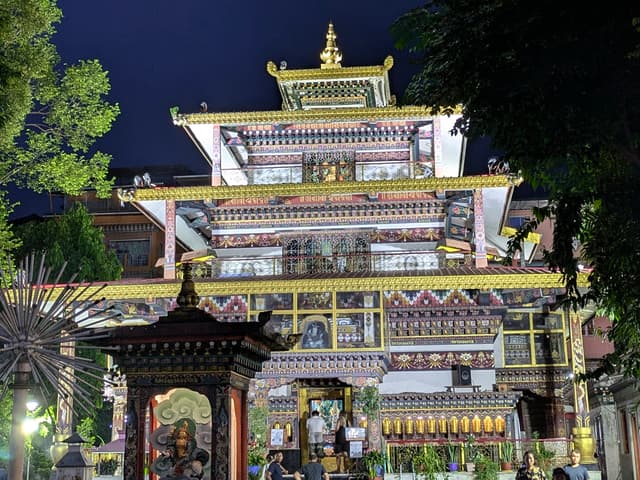
1️⃣ Bhutan Gate
2️⃣ Karbandi Monastery
3️⃣ Phuentsholing Viewpoint
4️⃣ Phuentsholing Market
On your way to Thimphu, explore the picturesque villages of Gedu, Chukha, and Chhuzom.
Across Chhuzom (Chhu means river and zom means join), the place where Paro Chhu and Wong Chhu meet. For many traditional Bhutanese this confluence is considered the union of a father and mother river. Paro Chhu represents the father and is sometimes called the Pho Chhu, Wong Chu represents the mother. Because Bhutanese traditions regards such a convergence of rivers as inauspicious, there are three chortens here to ward off evil spells in the area. Each chorten is in a different style—Bhutanese, Tibetan and Nepali
📍Thimphu
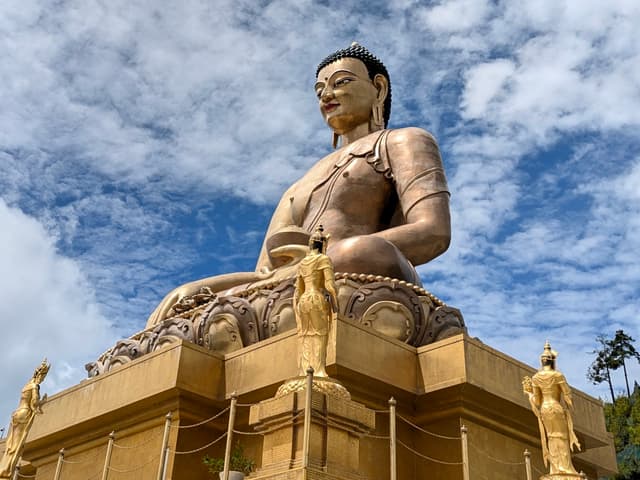
1️⃣ Buddha Dordenma Statue
2️⃣ Simply Bhutan Living Museum
3️⃣ Sangay Gang Viewpoint
4️⃣ Handicraft Market
5️⃣ Postal Museum
6️⃣ Motithang Takin Preserve
7️⃣ Clock Tower Square
8️⃣ National Library
9️⃣ Durga Mandir
🏔️ On your way to Punakha, pay your respects at Dochu La.
Dochula Pass, situated at an elevation of 3,100 meters, offers stunning panoramic views of the Himalayan mountain range on the way to Punakha. The pass is famous for its 108 memorial chortens, known as the Druk Wangyal Chortens, built to honour Bhutanese soldiers and for its colorful prayer flags fluttering in the wind.
📍Punakha
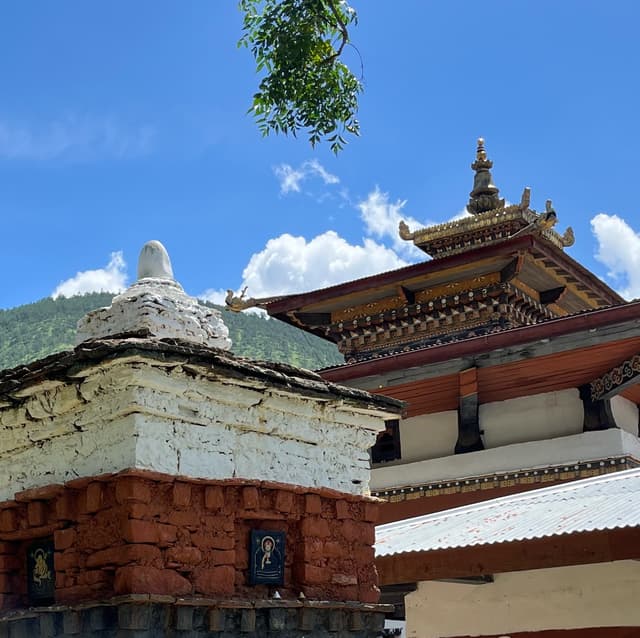
1️⃣ Chimi Lhakhang, the Temple of Fertility
2️⃣ Punakha Dzong
3️⃣ Punakha Suspension Bridge
4️⃣ Khamsum Yulley Namgyal Chorten
🚣🏻 Whitewater rafting in Punakha offers an exciting adventure on the Mo Chhu and Pho Chhu rivers, with both calm stretches and thrilling rapids. The activity typically takes 1-2 hours, allowing participants to enjoy stunning views of the Punakha Valley, lush landscapes, and the iconic Punakha Dzong as they paddle through the pristine waters. Suitable for beginners and experienced rafters alike, it’s a must-try for adventure seekers.
📍Paro
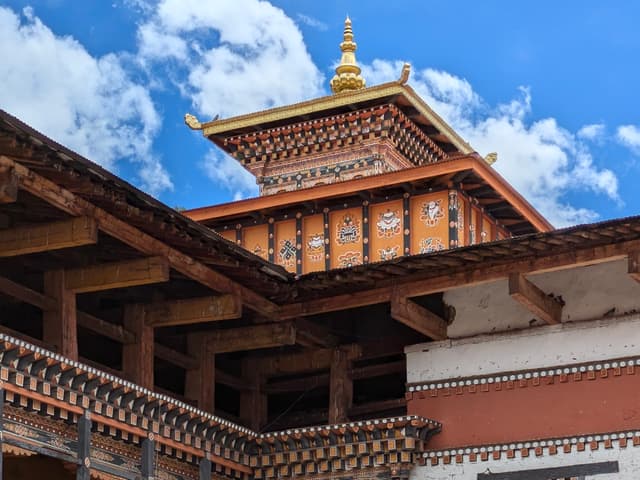
1️⃣ Paro Dzong
2️⃣ Tiger's Nest Monastery (Paro Taktsang)
3️⃣ Rinpung Dzong
4️⃣ Kyichu Lhakhang
5️⃣ Drukgyel Dzong
6️⃣ National Museum of Bhutan
🧖🏻 Indulge in a traditional Bhutanese hot stone bath in Paro. It offers a relaxing and rejuvenating experience. Heated river stones are placed in wooden tubs filled with water and medicinal herbs, believed to have healing properties. Typically lasting 1-2 hours, this soothing bath is perfect after a day of exploring, providing both physical relaxation and a unique cultural experience in a tranquil setting.
Other Info 📜
Festivals 🎊
Festivals in Bhutan offer a rich cultural experience, with colourful celebrations throughout the year and showcases the country’s vibrant traditions and heritage.
What to Expect at Festivals in Bhutan
Festivals in Bhutan are a spectacle of dance, music, and religious rituals that celebrate the teachings of Buddhism.
The festivals usually take place in the courtyards of monasteries, dzongs (fortresses), and temples.
The highlight of festivals in Bhutan is the masked dances, known as 'cham', performed by monks and laymen wearing elaborate costumes and colourful masks. These dances depict various religious stories and legends and are believed to bring blessings and good fortune to the onlookers.
What to Wear at Festivals in Bhutan 👘
Attending a festival in Bhutan is a special occasion, and it is important to dress appropriately to show respect for the culture and traditions.
The national dress of Bhutan, known as the 'gho' for men and 'kira' for women, is the preferred attire for both locals and visitors during festivals.If you are a visitor and do not have access to traditional Bhutanese attire, you can still dress respectfully by wearing modest and formal clothing. For men, a suit or a formal shirt with trousers is appropriate, while women can opt for a modest dress or a skirt with a blouse.
It is advisable to avoid wearing shorts, sleeveless tops, and revealing outfits during festivals as a sign of cultural sensitivity.
Punakha Drubchen 💫 (February 🗓️)
Paro Tshechu 💫 (March 🗓️)
Thimphu Tshechu 💫 (September 🗓️)
Jambay Lhakhang Drup 💫 (October 🗓️)
Black-Necked Crane Festival 💫 (November 🗓️)
Language 🗣️
Here’s a list of commonly used Bhutanese phrases that can be helpful for tourists:
♦️ Kuzu zangpo la (ཀུལ་དག་བོ་ལ་) - Hello / Greetings
♦️ Kuzhu zangpo (ཀུལ་དག་བོ་) - Welcome
♦️ Tashi delek (དར་ཆུང་ལག་གཏང་) - Good luck / Best wishes
♦️ Ngam chhuwang (ང་མཆོག་དཀར་) - Thank you
♦️ Yuh chyu (ཡིག་སྒྱུག་མ་བསྡད་) - Excuse me / Sorry
♦️ Chhi ka ma ni (ཆེད་འོད་མེད་མ་མཁས་) - How much does this cost?
♦️ Mikpo chhue? (མིའི་དཀར་འབུལ་?) - Where is the bathroom?
♦️ Dewang na? (བཤད་དགོང་?) - Do you speak English?
♦️ Kha nyam nga (ཁ་སྤུལ་ནང་) - I don't understand.
♦️ Ngom ra nga (ངའོ་བསྟན་) - I am lost.
♦️ Chey la (དགོང་ཁང་) - Please.
♦️ Deki nangi (འབྲེལ་བ་གསོལ་) - I'm a tourist
♦️ Jeyka kima (འདི་གཏོག་) - It's delicious!
♦️ Nye ne (དང་བཀྱིད་) - Good morning.
♦️ Nga zhu pe (ང་གཙོ་འབྱོར་བཟོ་ལ་) - Good night.
These phrases can enhance your interactions with locals and enrich your travel experience in Bhutan!
The home for unique & authentic travel

